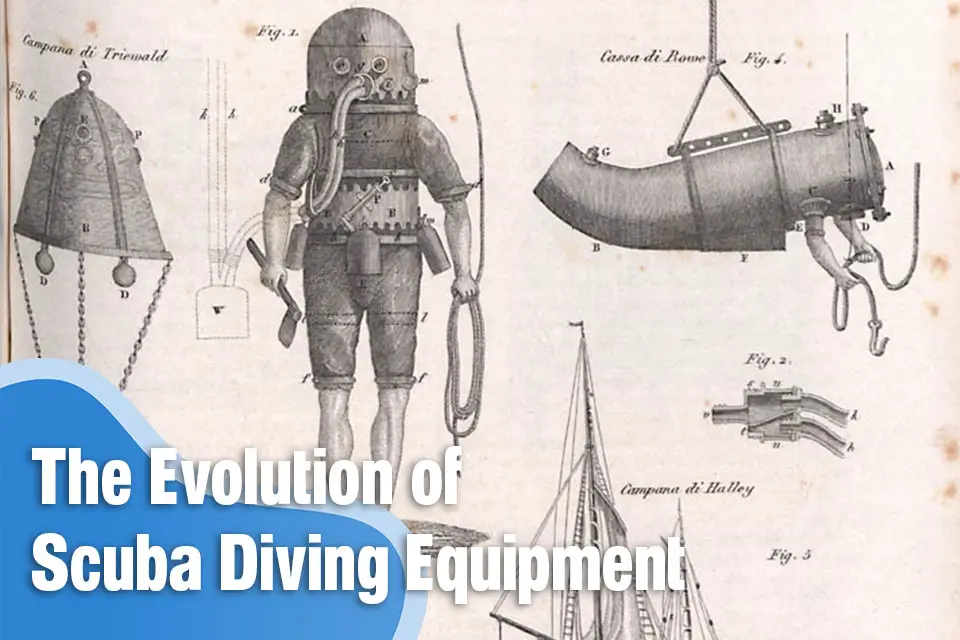The humble scuba diving buoy‚ often overlooked in the pre-dive checklist‚ represents a crucial link between the underwater explorer and the surface world․ It’s more than just a floating marker; it’s a lifeline‚ a signal‚ and a vital piece of safety equipment․ But has the fundamental design of the scuba diving buoy truly evolved to meet the increasingly demanding needs of modern divers? We’re diving deep into the innovative solutions and future possibilities surrounding this essential piece of kit‚ exploring concepts that go beyond simple inflation and visibility․
Beyond the Basic: Evolving Functionality
For decades‚ the primary function of a scuba diving buoy has remained largely unchanged: to mark a diver’s location and provide a visual signal to boats and support crews․ However‚ the demands placed on divers are growing‚ and so too must the capabilities of their equipment․
- Integrated Communication: Imagine a buoy equipped with a short-range underwater communication system‚ allowing divers to send distress signals or communicate with surface support in low-visibility conditions․
- Enhanced Navigation: Advanced buoys could incorporate GPS technology‚ providing precise location data to support vessels and preventing divers from drifting too far from their intended course․
- Environmental Monitoring: Equipped with sensors‚ a scuba diving buoy could gather valuable data on water temperature‚ salinity‚ and even pollution levels‚ contributing to scientific research․
Material Matters: Durability and Sustainability
Traditional scuba diving buoys are often constructed from PVC or other plastics‚ materials that‚ while durable‚ contribute to environmental concerns․ The future lies in exploring more sustainable and equally robust alternatives․
Comparing Material Options
| Material | Durability | Environmental Impact | Cost |
|---|---|---|---|
| PVC | High | High | Low |
| Recycled Plastics | Medium to High | Medium | Medium |
| Bio-based Polymers | Medium | Low | High |
| Reinforced Fabrics (e․g․‚ Cordura) | High | Medium | Medium to High |
The choice of material significantly impacts the buoy’s lifespan‚ performance‚ and environmental footprint․ As technology advances‚ we can expect to see a shift towards more sustainable options․
Midway through our exploration‚ it’s clear that the potential for innovation within the realm of scuba diving buoys is vast․ We are only beginning to scratch the surface of what’s possible․
The Future of Surface Signaling
Looking ahead‚ the scuba diving buoy is poised to become an even more integral part of the diving experience․ It’s not just about being seen; it’s about enhancing safety‚ communication‚ and environmental awareness․
Consider these possibilities:
- Smart Buoys: Buoys that can automatically deploy in emergency situations‚ triggered by sensors detecting diver distress․
- Modular Design: Buoys that can be customized with different attachments and sensors‚ adapting to specific diving needs․
- Biodegradable Options: Buoys constructed from materials that naturally break down in the marine environment‚ minimizing environmental impact․
Ultimately‚ the future of the scuba diving buoy lies in embracing innovation and prioritizing both diver safety and environmental responsibility․ As we continue to explore the depths‚ so too must we continue to explore the potential of this vital piece of equipment․ The future is bright for the evolution of the scuba diving buoy and we can expect it to be safer and more eco-friendly․

